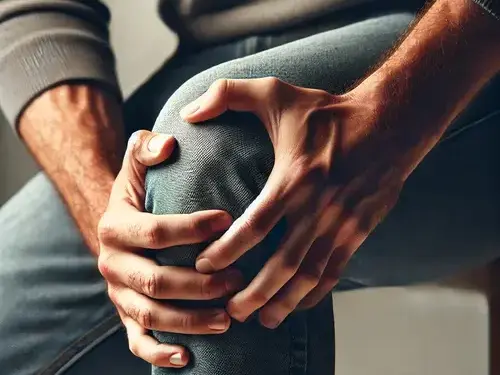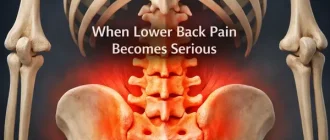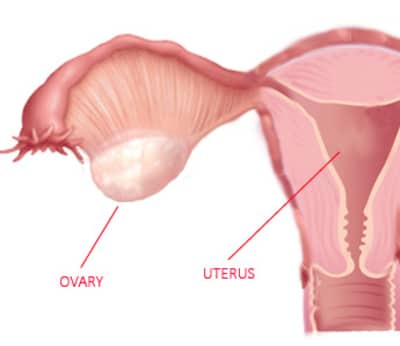Knee pain is a common issue, but when the area around your kneecap (patella) becomes tender to the touch, the discomfort can be confusing and unsettling. Whether you’re a weekend warrior, a parent chasing after kids, or someone just trying to walk pain-free, this article will explore real stories, symptoms, and what might be going on behind that tender kneecap.
Your knee is more complex than it looks, involving bones, tendons, ligaments, and muscles. The kneecap, or patella, sits within a tendon that connects the thigh muscles to the shin. This intricate setup makes it vulnerable to a range of injuries. Tenderness around this area is usually a sign of inflammation, irritation, or injury to one of the structures supporting the knee.
Common Causes and Real-Life Experiences
While there are multiple reasons for kneecap tenderness, hearing from people who’ve been there can help shed light on what you might be going through. Below, we look at common causes, explained through real stories.
| Cause | Symptoms | Common Demographic |
|---|---|---|
| Overuse injuries | Swelling, stiffness, tenderness | Athletes, active adults |
| Patellar tendonitis | Pain during movement, localized heat | Runners, cyclists |
| Bursitis | Warmth, redness, discomfort at rest | Seniors, individuals with arthritis |
| Chondromalacia patellae | Grinding sensation, soreness | Young adults, teens |
Overuse Injuries: Sam’s Story
Sam, 32, loved playing basketball every weekend, but after months of intense games, he noticed a tender spot developing just below his kneecap. He initially brushed it off as soreness from exercise. “I thought it was just muscle pain, but soon, touching the area became unbearable,” Sam recalls. His diagnosis? An overuse injury, stemming from repetitive stress on the patellar tendon.
Patellar Tendonitis: Amanda’s Marathon Setback
For Amanda, 26, marathon training was her passion. However, her rigorous routine led to sharp pain around her kneecap after long runs. “At first, it was just discomfort, but then I couldn’t run without feeling a stabbing sensation.” Amanda’s doctor diagnosed her with patellar tendonitis, a condition triggered by inflammation in the tendon that connects the kneecap to the shin.
Bursitis: A Senior’s Unexpected Pain
George, 65, had been dealing with mild arthritis for years, but one day he woke up to a kneecap that was red, swollen, and extremely tender to the touch. “It felt like I had a ball of fire under my kneecap,” he explains. George was diagnosed with bursitis, inflammation of the fluid-filled sac (bursa) that cushions the knee.
Symptoms Beyond Tenderness
While tenderness is the primary symptom, you might experience other signs that indicate a deeper issue:
- Swelling: Localized puffiness around the kneecap.
- Warmth: A feeling of heat around the area.
- Difficulty bending the knee: Increased stiffness or a sense that your knee is “locking up.”
- Grinding or popping sounds: Indicative of cartilage issues like chondromalacia patellae.
Personal Experience Tip: If you find yourself avoiding stairs or feeling the need to “brace” your knee when standing up, it’s time to consult a healthcare professional.
Diagnosing Kneecap Tenderness: Beyond the X-ray
A thorough diagnosis involves more than just an X-ray. Here’s what you can expect:
- Physical Examination: Your doctor will press around the kneecap and ask you to move your leg to identify problem areas.
- MRI Scans: To look for soft tissue damage like tendonitis or bursitis.
- Ultrasound: Sometimes used to detect inflammation or fluid buildup.
Pro Insight: Many patients think an X-ray will show everything, but most soft tissue issues won’t appear on X-rays. Consider asking your doctor about advanced imaging if initial tests are inconclusive.
Personalized Treatments
Once you’ve nailed down the cause of your kneecap tenderness, the next step is finding the right treatment.
| Condition | Treatment |
|---|---|
| Overuse injuries | Rest, ice, compression, physical therapy |
| Patellar tendonitis | Anti-inflammatory meds, bracing, gradual return to activity |
| Bursitis | Rest, cortisone injections, aspiration of excess fluid |
| Chondromalacia patellae | Physical therapy, strengthening exercises |
Case Study: Jenny’s Road to Recovery
Jenny, 40, a fitness enthusiast, experienced tenderness around her kneecap after switching to high-intensity interval training (HIIT). Initially, she tried to “push through the pain,” but it only worsened. Jenny’s personalized recovery plan involved a mix of:
- Rest: Avoiding high-impact exercises for three weeks.
- Physical Therapy: Learning new exercises to strengthen her quadriceps and hip muscles.
- Bracing: Wearing a patellar strap during workouts.
After two months of careful treatment, Jenny was back in the gym, but this time, with a smarter, more balanced routine.
DIY Remedies vs. Professional Help
Many people try to treat kneecap tenderness at home, but when is it time to see a doctor?
Home Remedies
- R.I.C.E. (Rest, Ice, Compression, Elevation) is the standard.
- Over-the-counter anti-inflammatory medications can help reduce swelling.
When to Seek Help:
- If tenderness persists beyond 7-10 days.
- If there’s visible swelling or warmth.
- If pain worsens with basic movement, like walking.
Living With Knee Pain: Real Tips From Real People
Managing knee pain doesn’t mean giving up on your active lifestyle. Here are some practical tips from people who’ve been there:
- Pace Yourself: Don’t jump back into strenuous activity too quickly after experiencing pain. Allow proper healing time.
- Invest in Good Footwear: Shoes with proper arch support and cushioning can significantly reduce stress on the knees.
- Consider Cross-Training: Low-impact activities like swimming or cycling can keep you active without straining your knees.
Your Kneecap is Trying to Tell You Something
Tenderness around the kneecap is often your body’s way of signaling overuse or injury. By listening to your symptoms and taking personalized action, you can find relief and prevent future flare-ups. Whether through physical therapy, rest, or medical intervention, there’s always a path forward.
About the Author
Reyus Mammadli is the author of this health blog since 2008. With a background in medical and biotechnical devices, he has over 15 years of experience working with medical literature and expert guidelines from WHO, CDC, Mayo Clinic, and others. His goal is to present clear, accurate health information for everyday readers — not as a substitute for medical advice.







